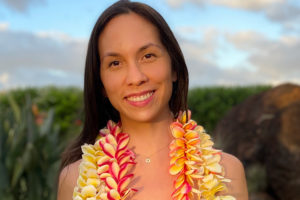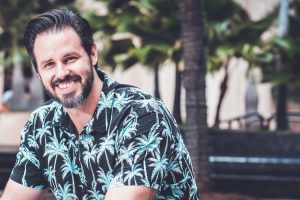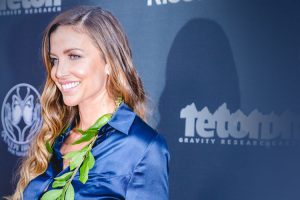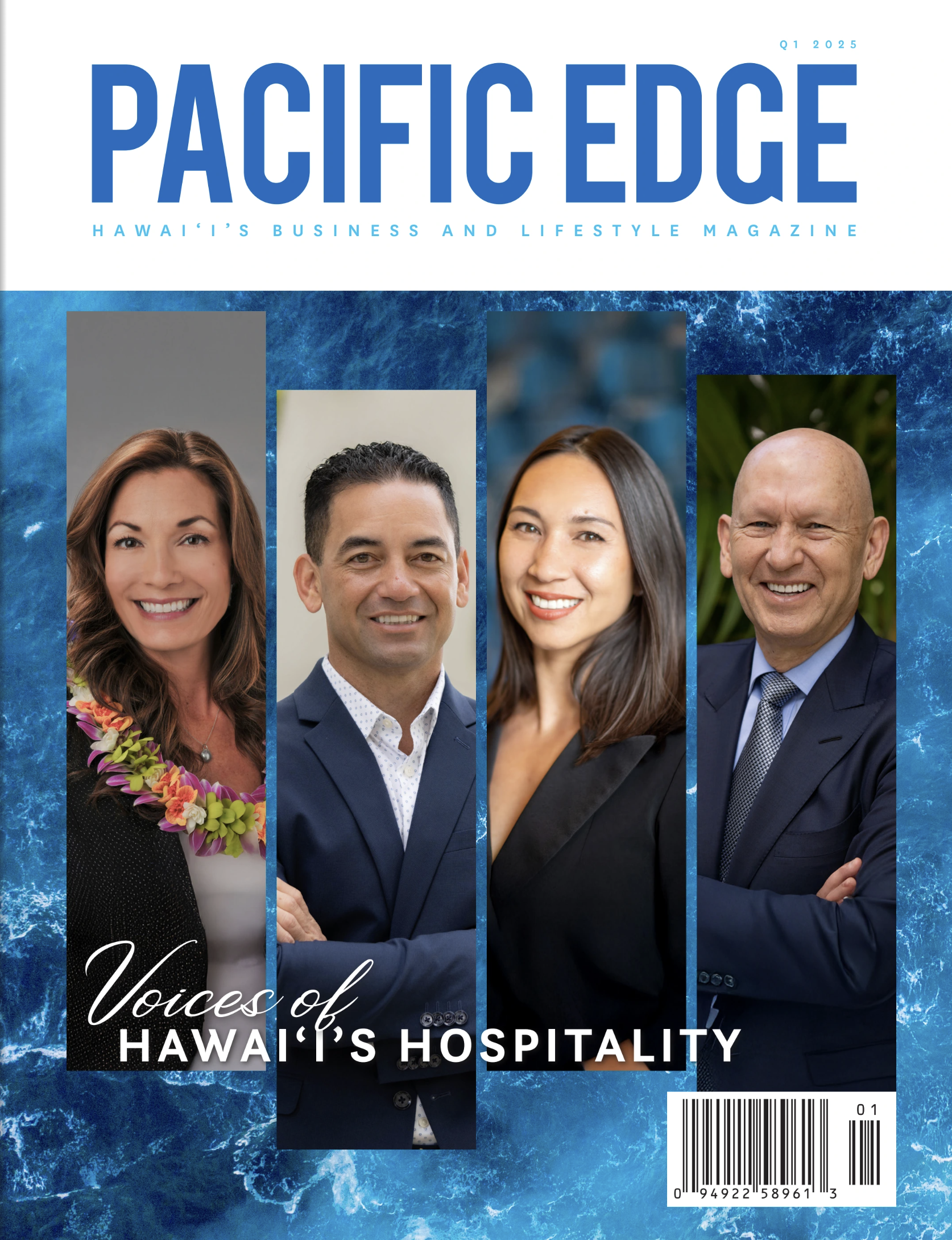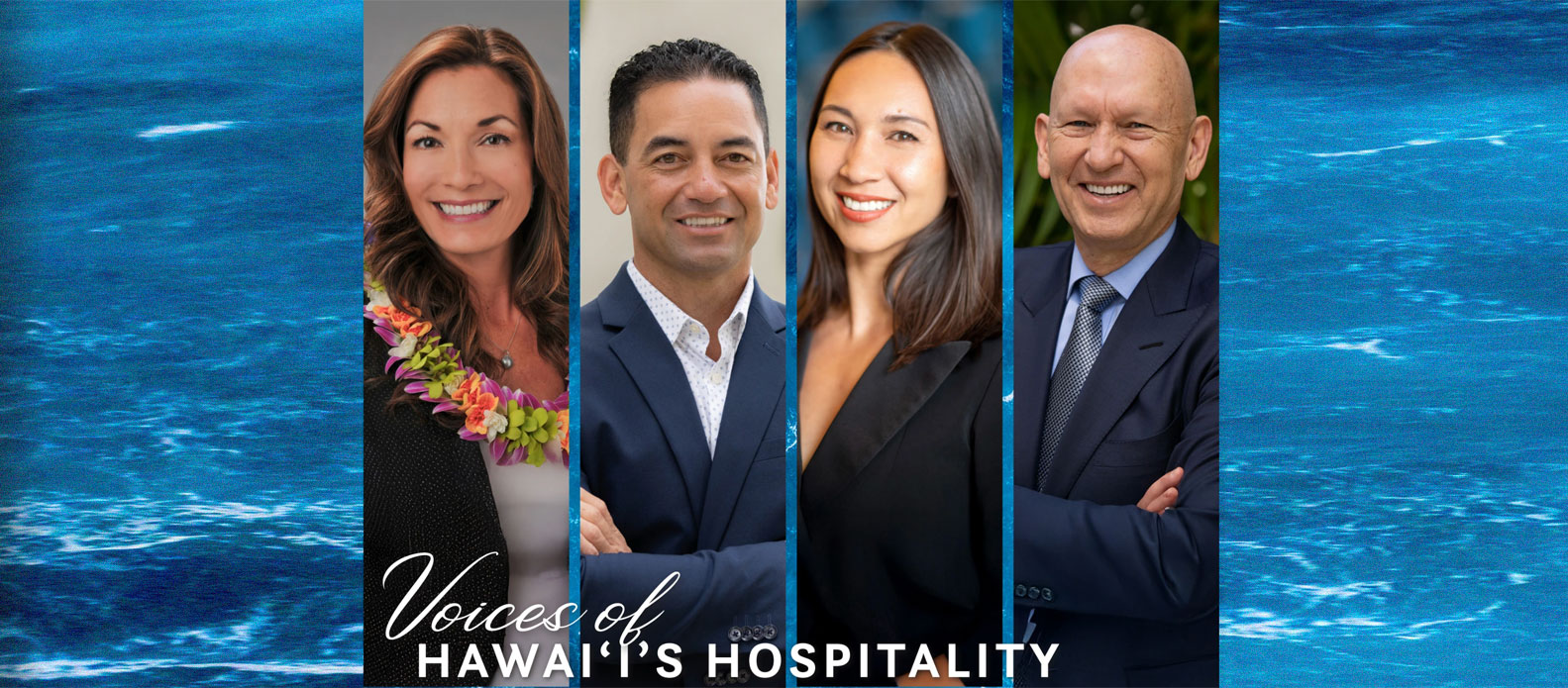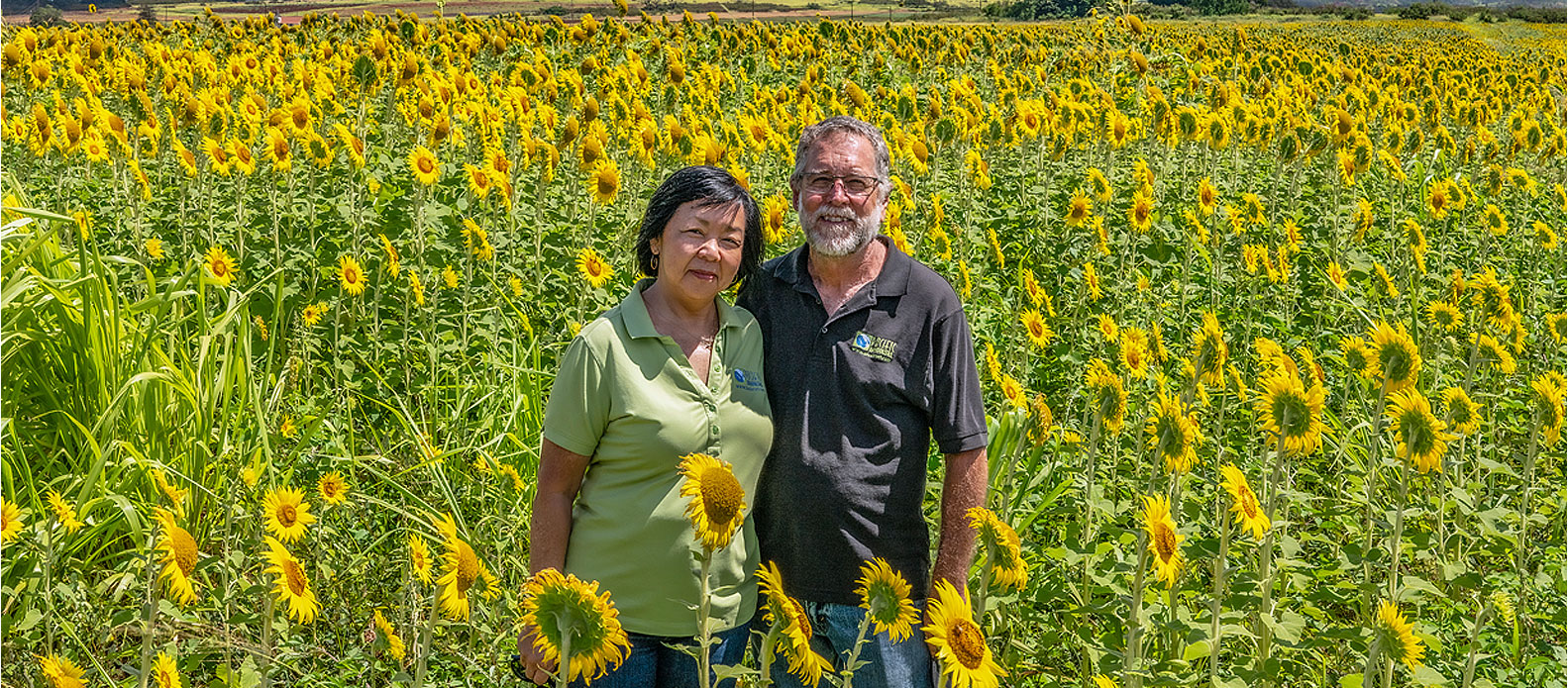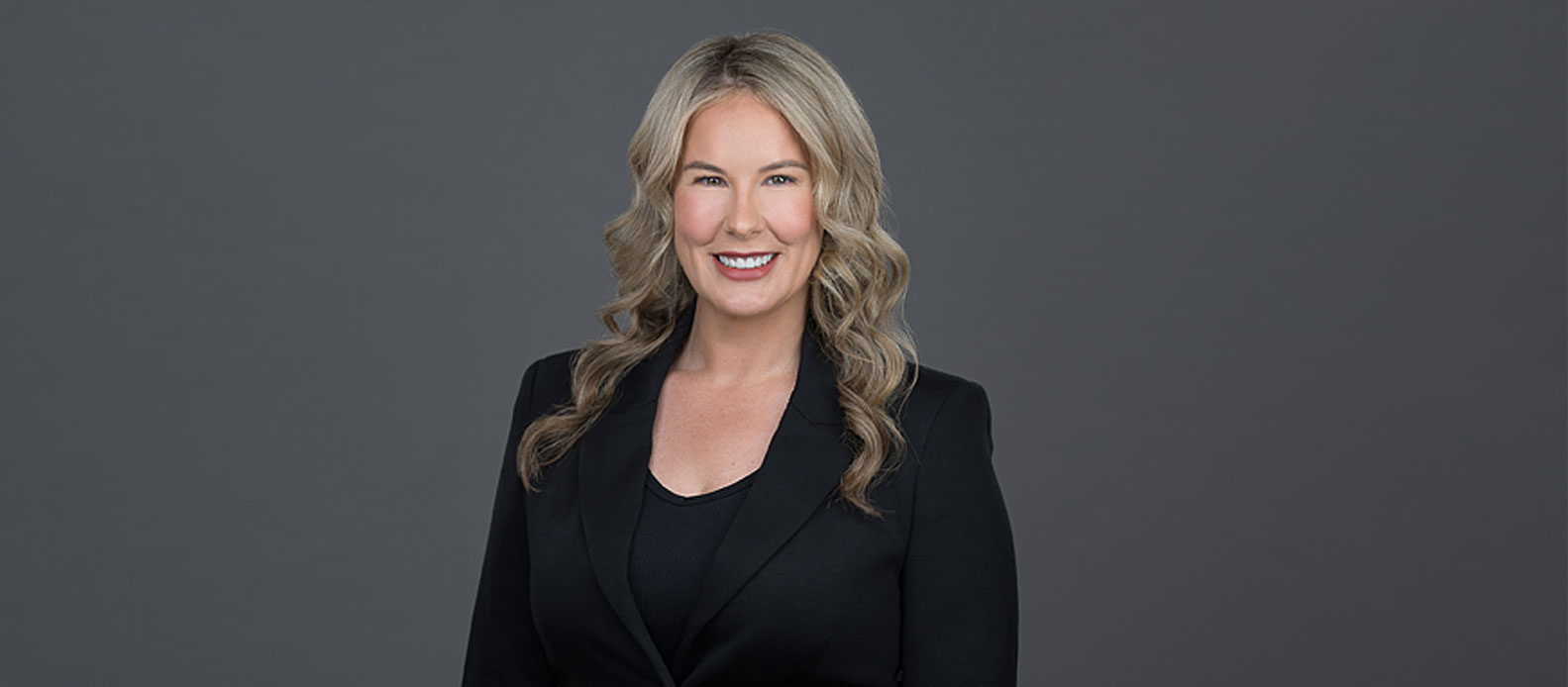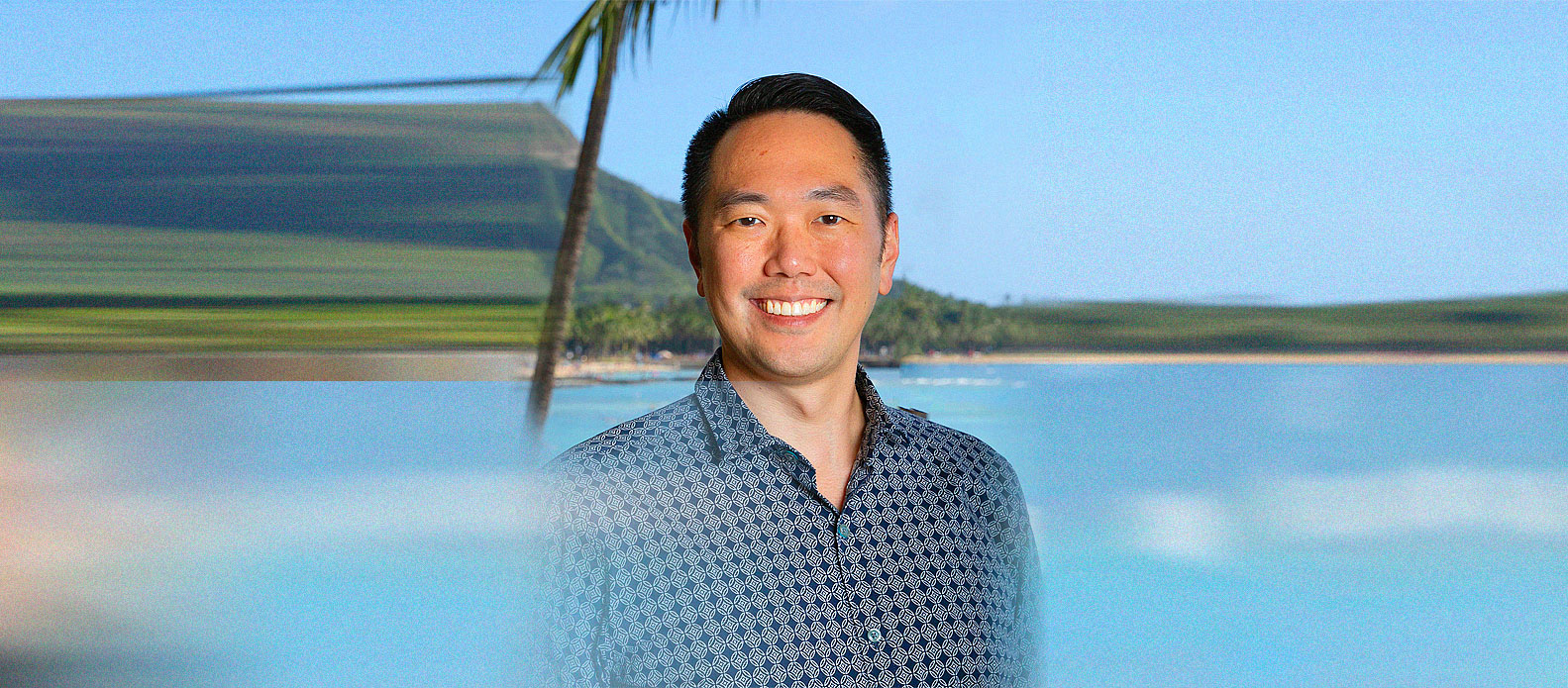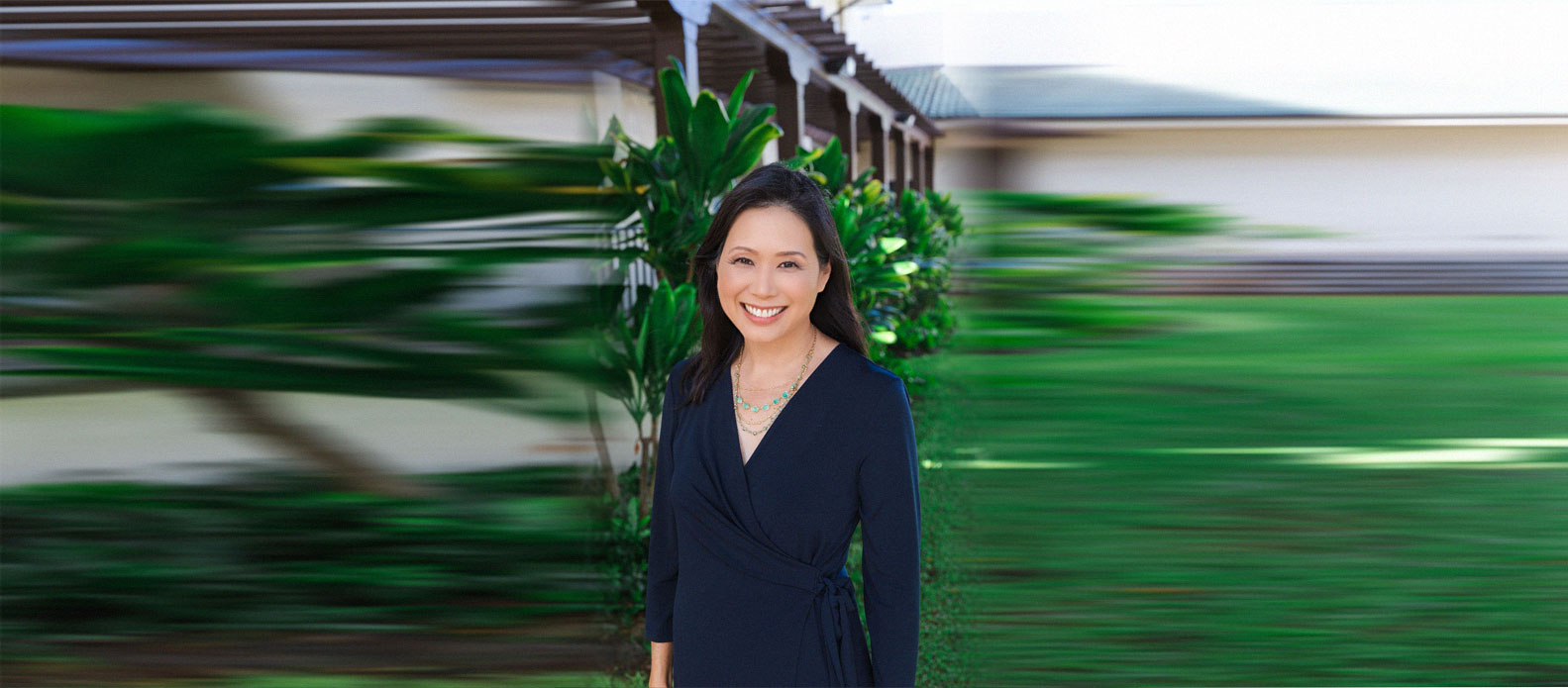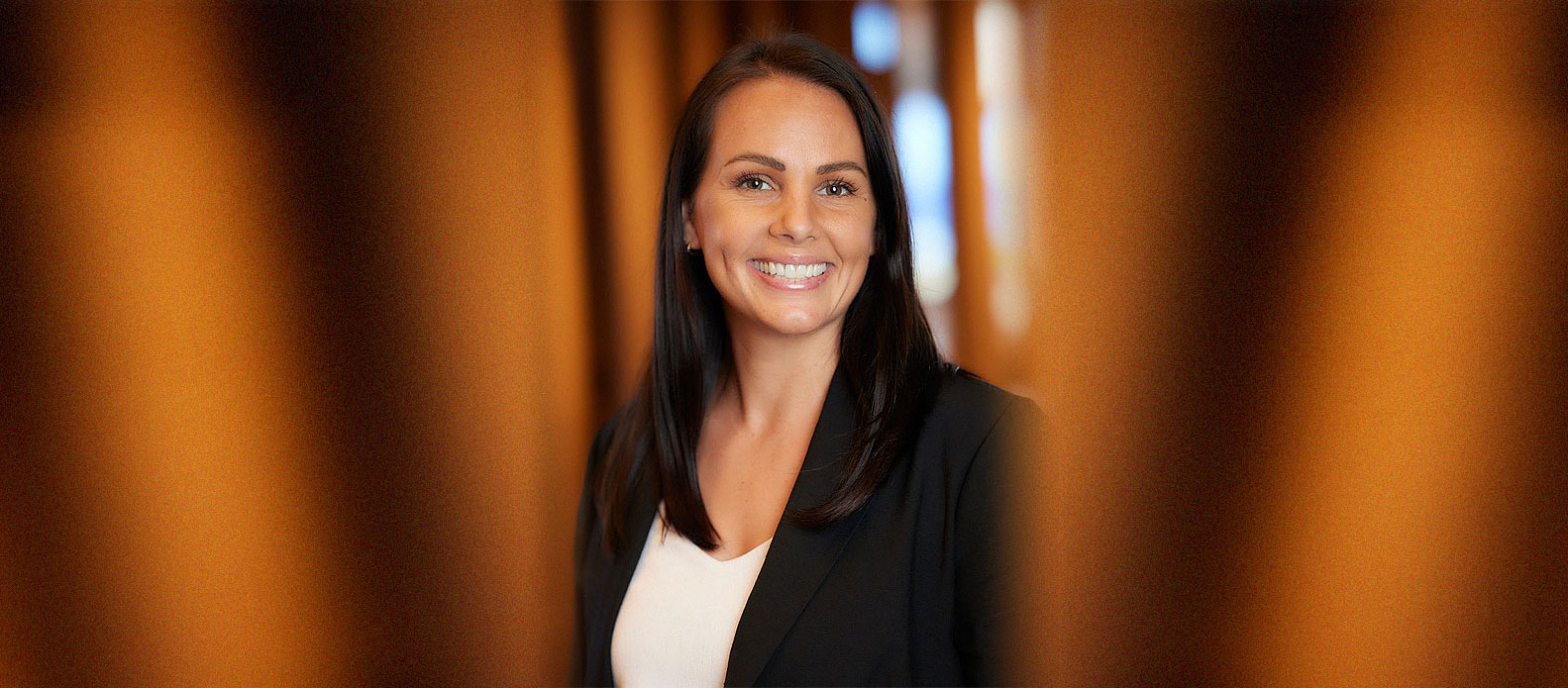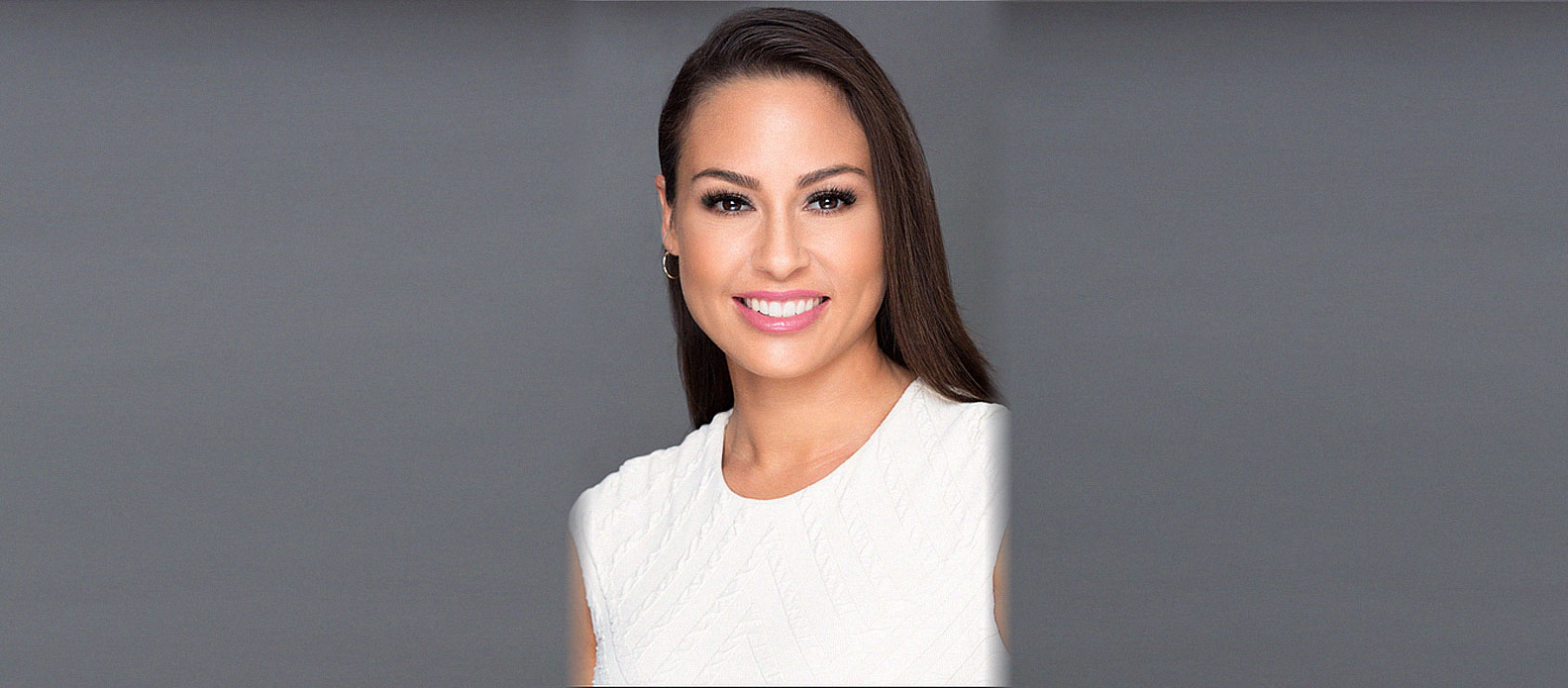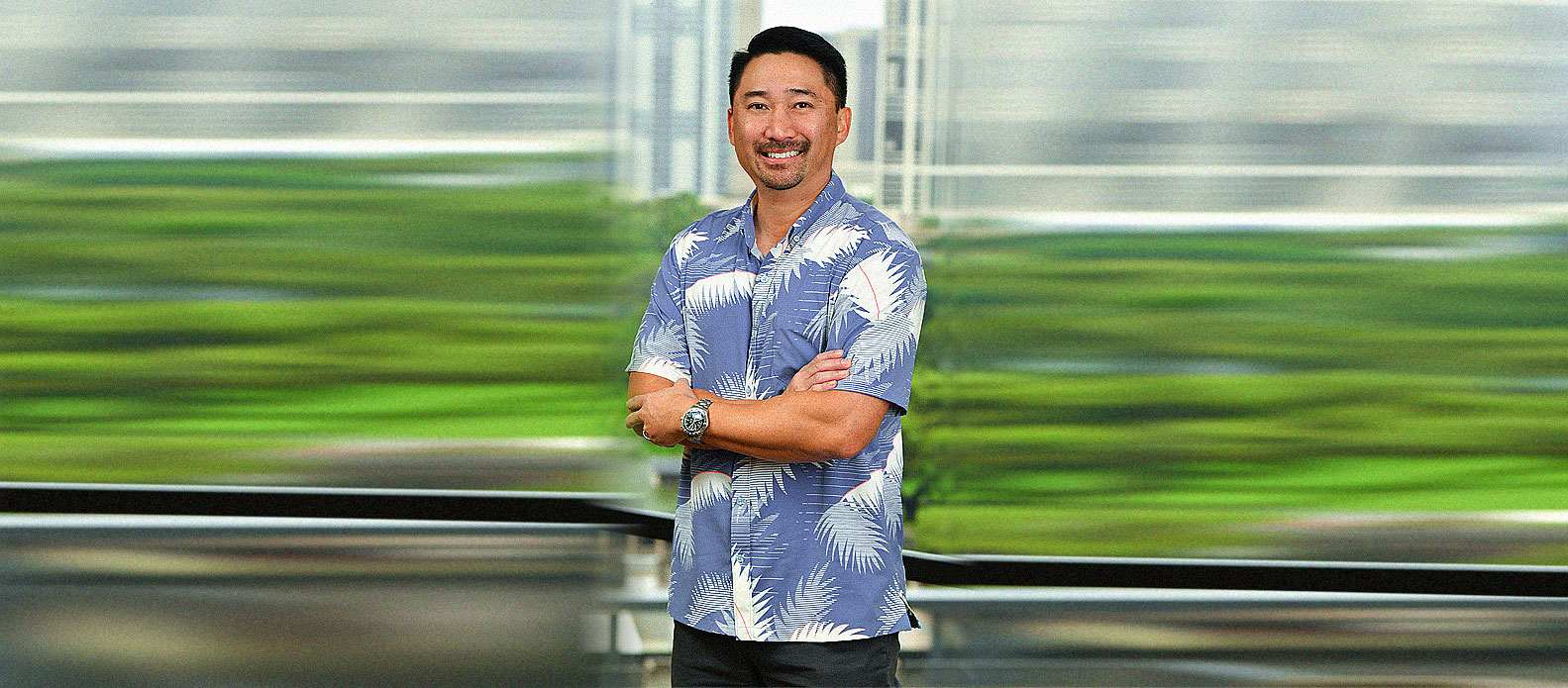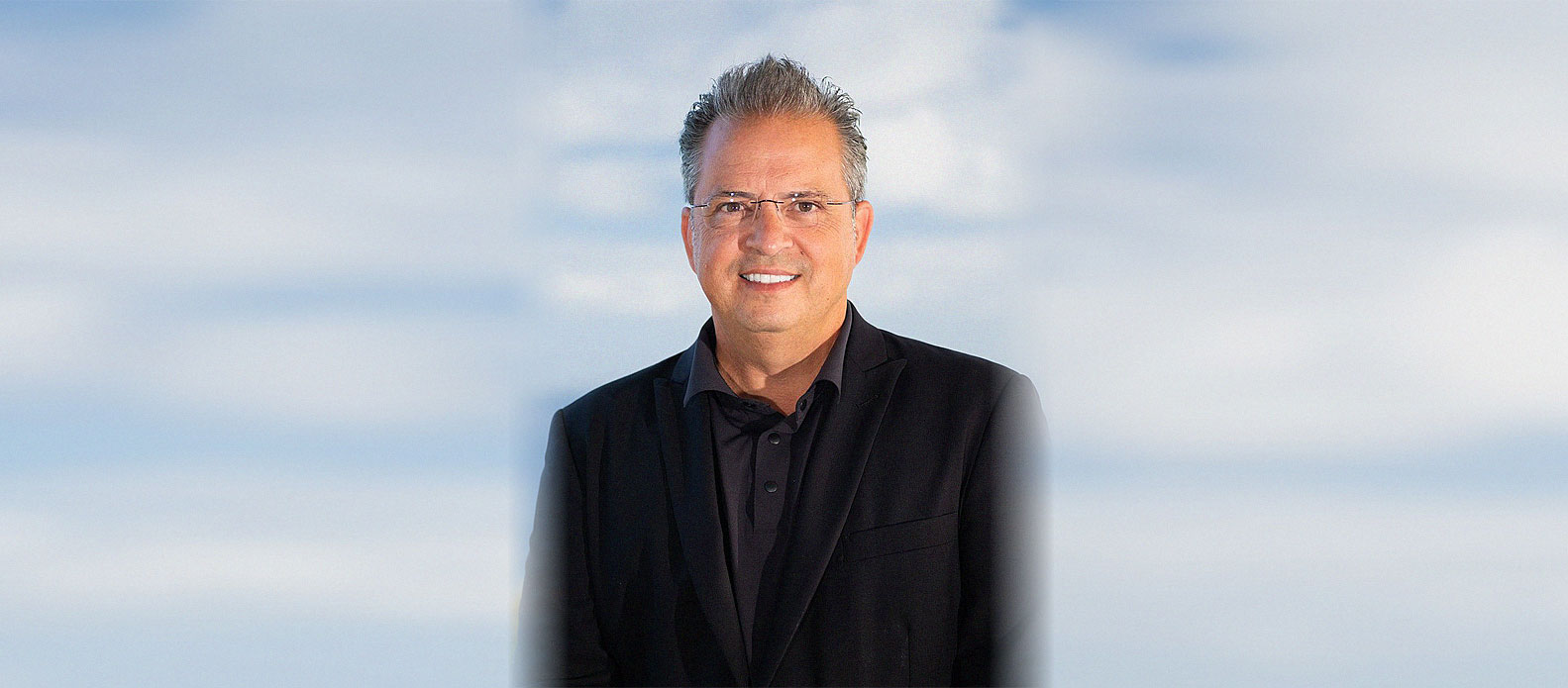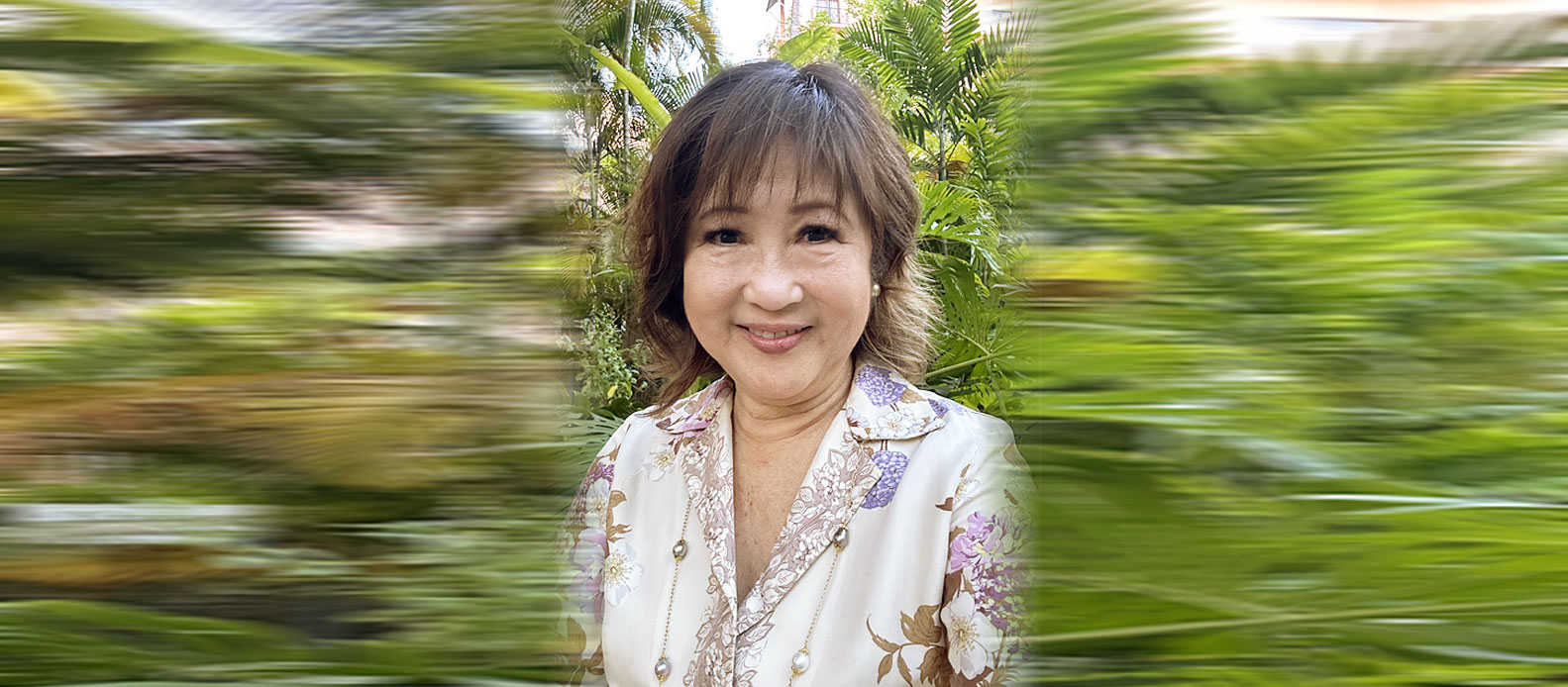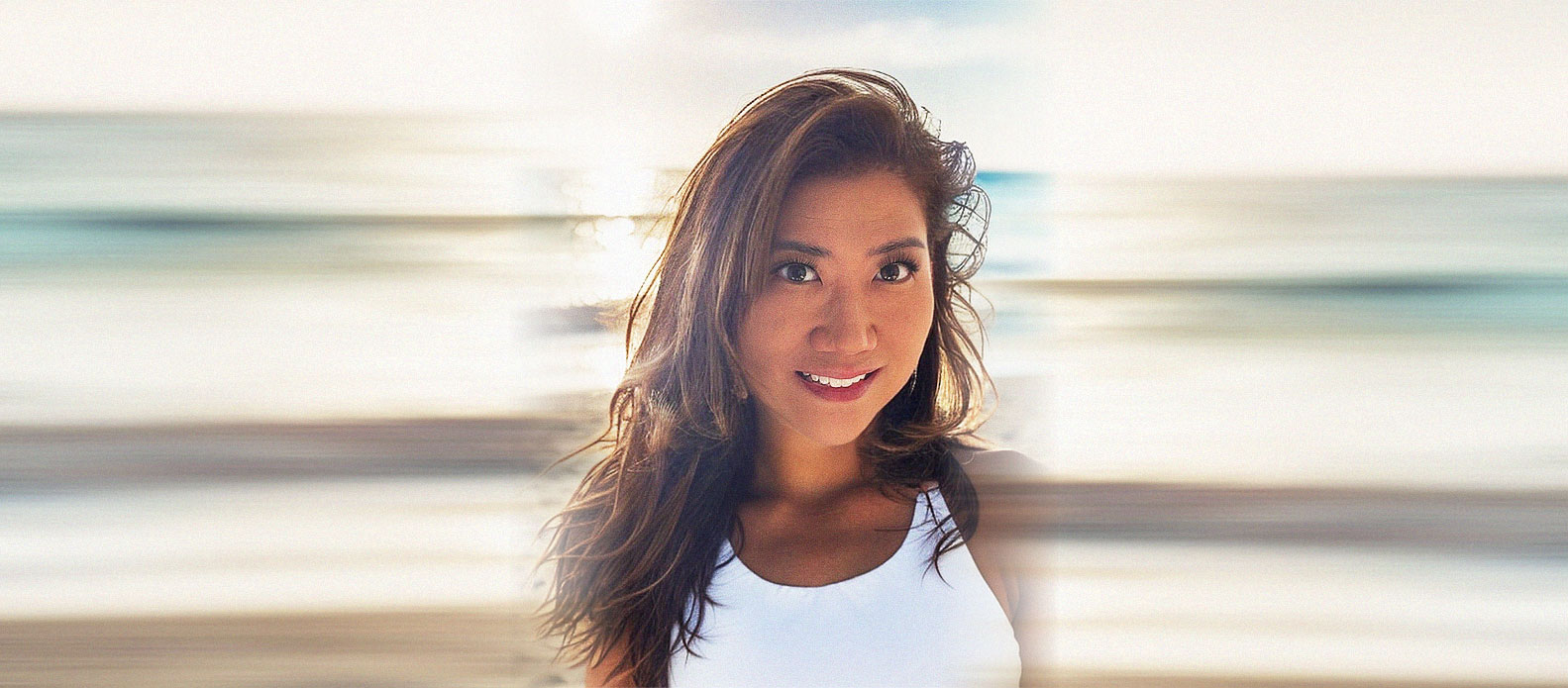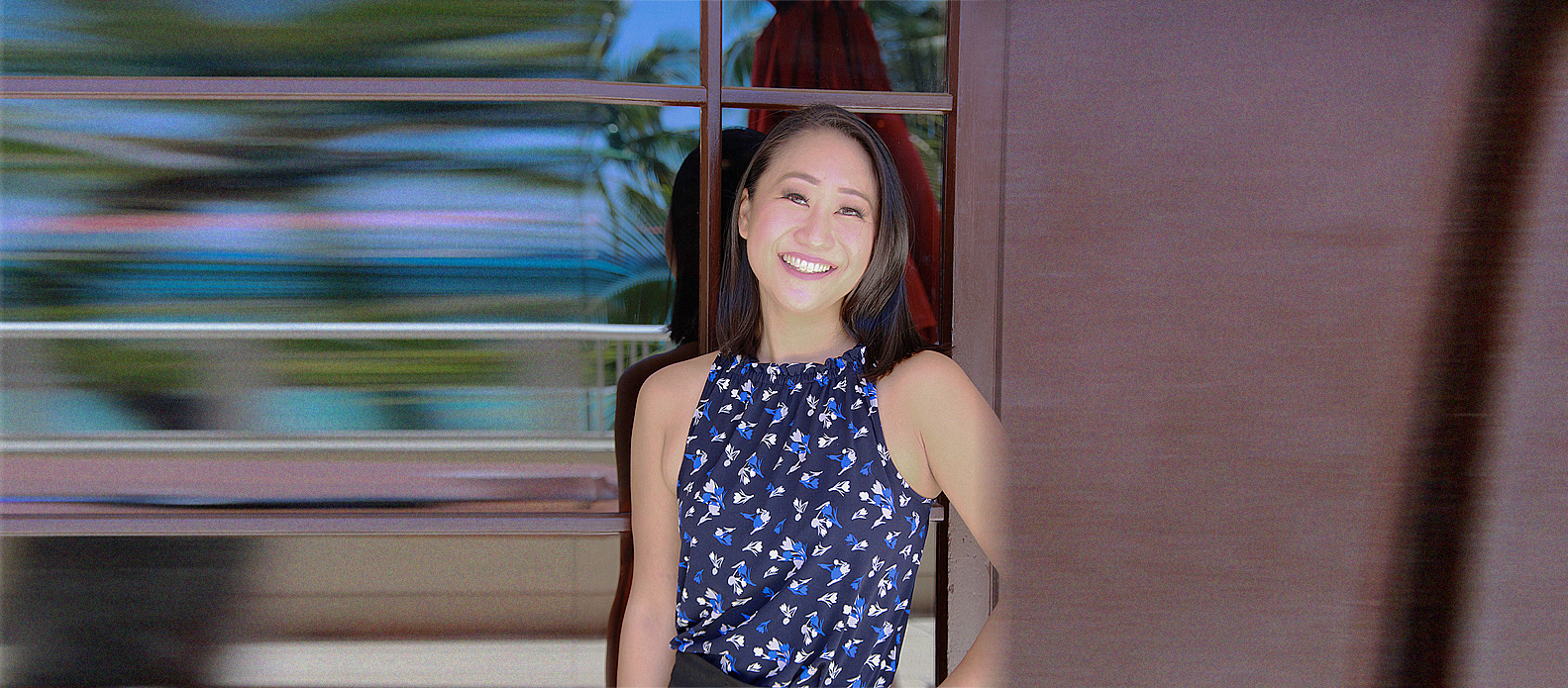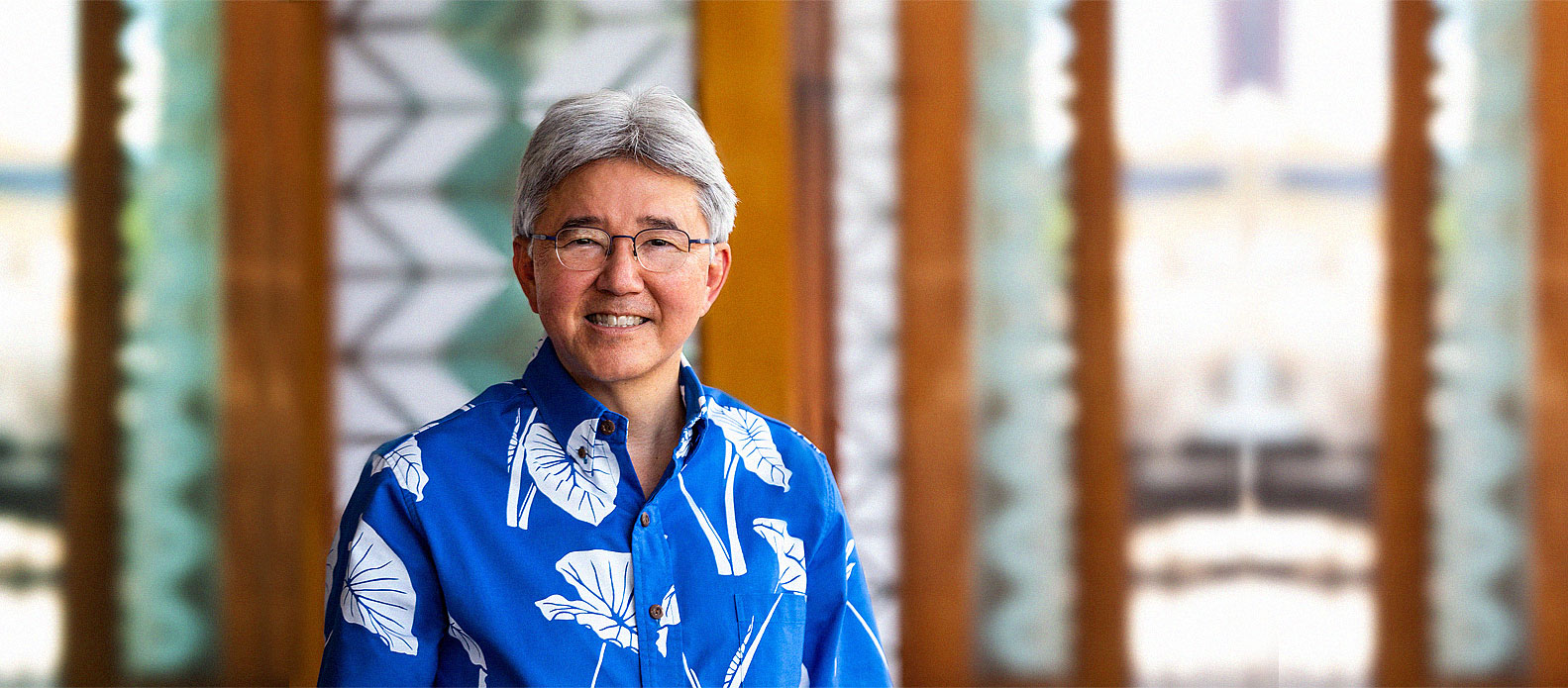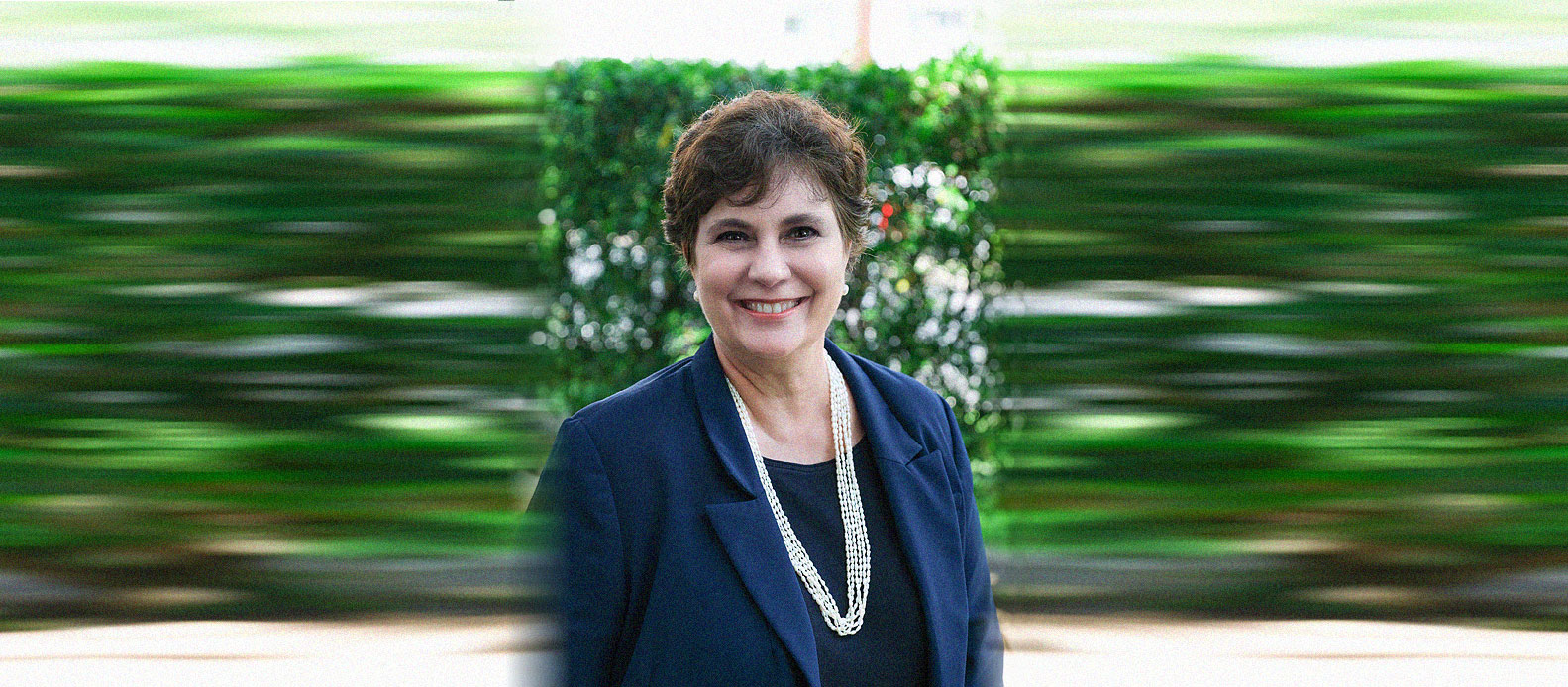In 2009 Lauren Chun found herself going to the gym- a lot. The former lawyer recalls working out six days a week for up to three hours at a time as a stress reliever from the brutal demands of her job as an attorney at a boutique law firm.
“I was working six and a half years and I was burnt out,” said Chun.
Waking up before the sun rose and returning home after the sun had set, Chun was constantly thinking about her cases and subsequently suffered insomnia. She frequently went grocery shopping at 10:30pm.
“It was just day in and day out,” said Chun, “I just would go home and when I had free time I would just sleep.”
Since the partnership track in law culminates in seven years, the firm began inquiring about Chun’s future plans. She was faced with the serious decision of whether to become a partner at the firm and commit to a long-term career in law.
“I’m the first person in my family to be an entrepreneur”
“You can do it when you’re young and hungry for money and you want to prove something,” said Chun, “but after that time you ask, can I really do this for the next 30 years of my life? I couldn’t see myself doing that”
For her firm that was the wrong answer. Coinciding with the economic recession, Chun was “cut from the top” and decided to use the opportunity to make a major change and pursue a career in fitness. At the time Chun had already been doing mat pilates for six or seven years at Crunch Fitness’s iconic Sunset Blvd. location where celebrity instructors included the likes of pilates gurus Jenette Jenkins and Ellen Barret.
She decided to become certified herself and completed her student teaching in studios in LA, Carlsbad, and Honolulu. After a period of working in a chiropractor’s office as an independent contractor, she opened her first studio, aptly named “The Firm Pilates,” in Hawaii Kai, which has since relocated to Kahala.
“Opening up a business in Hawaii is very hard,” said Chun, “especially since I’m the first person in my family to be an entrepreneur, so I didn’t have that support.”
Fortunately her legal background enabled her to review and negotiate contracts herself, but when it came to moral and financial support in many ways she was on her own. She invested her savings into the business and took out at OHA loan for additional financing, blocking out negative comments from those advising a more practical path.
“People said ‘10% of the businesses survive, the rest all fail’ and [I thought] well I don’t have an option because this is my savings, this is how I see myself providing for myself and being independent,” said Chun.
Her determination paid off. This June her Kahala studio just celebrated it’s 8th anniversary of serving a diverse clientele, from seniors to scuba-divers.
“One of the good things is we have small classes, so it’s more individualized attention where people are often intimidated by bigger classes or just walking in,” said Chun, “and I’ve now grown a male clientele and they still want to do privates or they don’t want to be put into a class just yet right off the bat.”
Chun’s studio teaches both mat and reformer pilates, a type which utilizes a large piece of spring-loaded exercise equipment called a reformer to help support a users limbs and focus in on core muscle work. Chun also has additional pieces of equipment which accommodate a variety of physical limitations a client may have that could otherwise be a barrier to their ability to do pilates.
“For my seniors [pilates] helps to recruit the proper muscles in doing daily tasks,” said Chun, “it’s really just using your body efficiently and in a way that you’re able to do your daily tasks without hurting yourself, especially as you get older.”
Though Chun has drastically transformed her lifestyle and level of happiness since her days as an LA lawyer, Chun does recognize similarities between the skills required for both law and pilates.
“I think mostly being an attorney it’s communicating with people, reading their body language so getting to know different personality types and the kind of tells. The other thing with law is it’s like a logical progression of the steps you have to take in analysis,” said Chun, “here I’m doing the same, I’m assessing, I’m observing, and then I’m doing what I think they need to correct their body positioning or whatever pain they’re having.”

